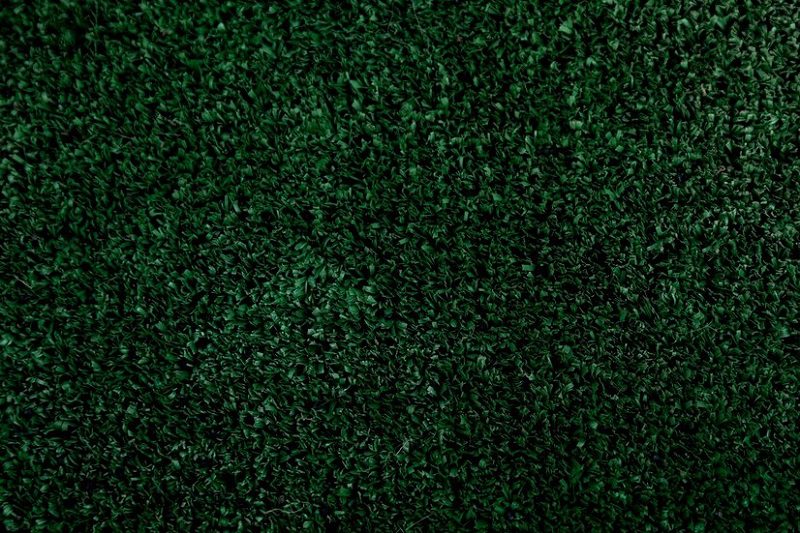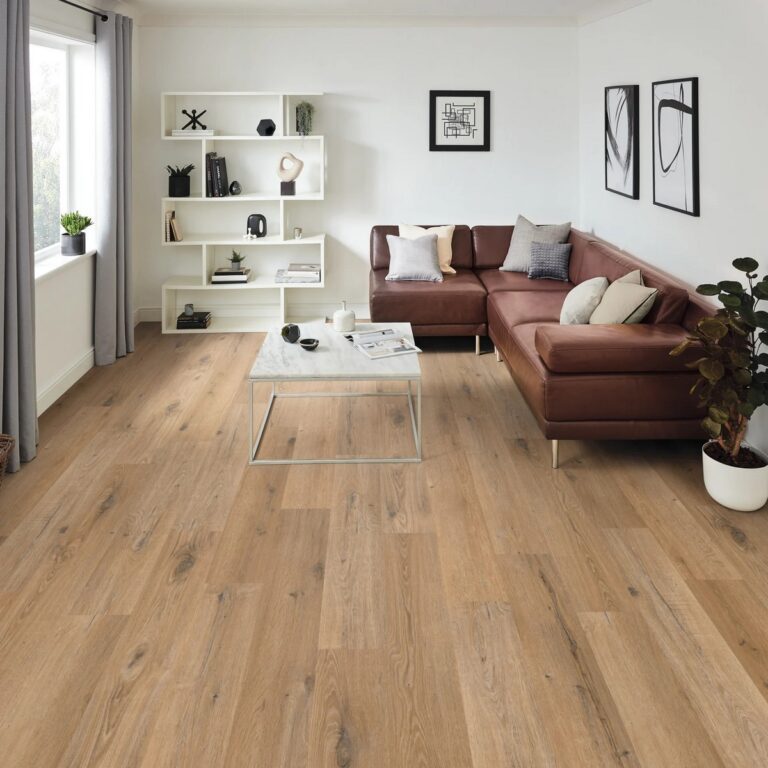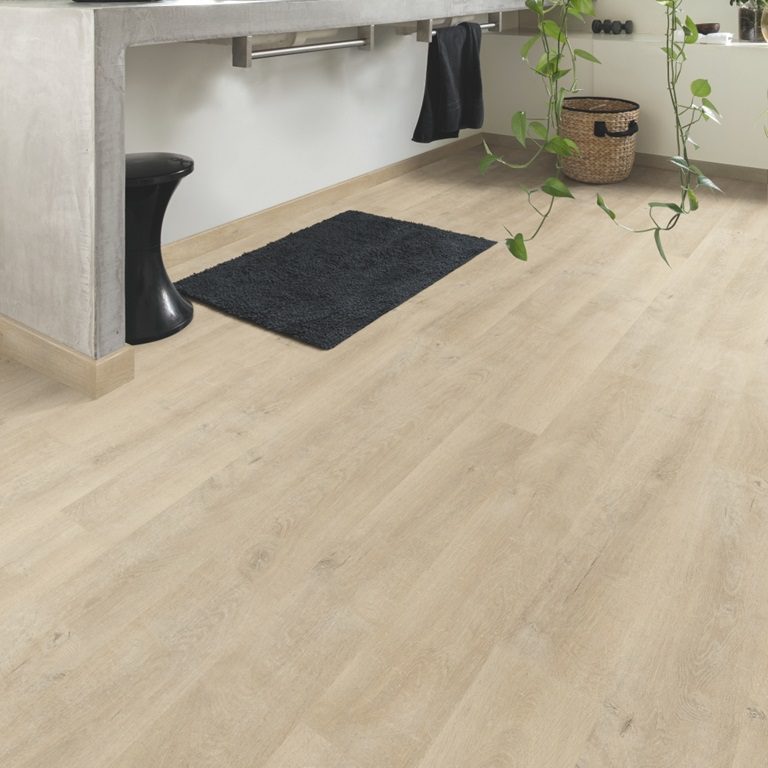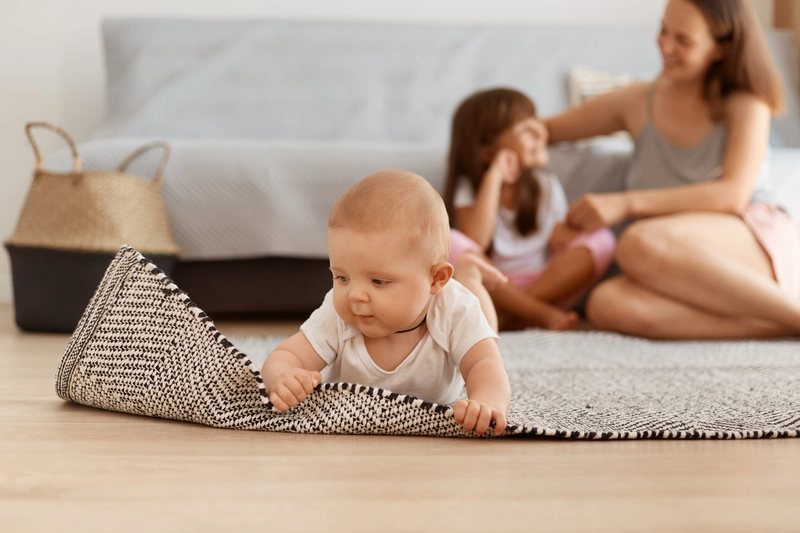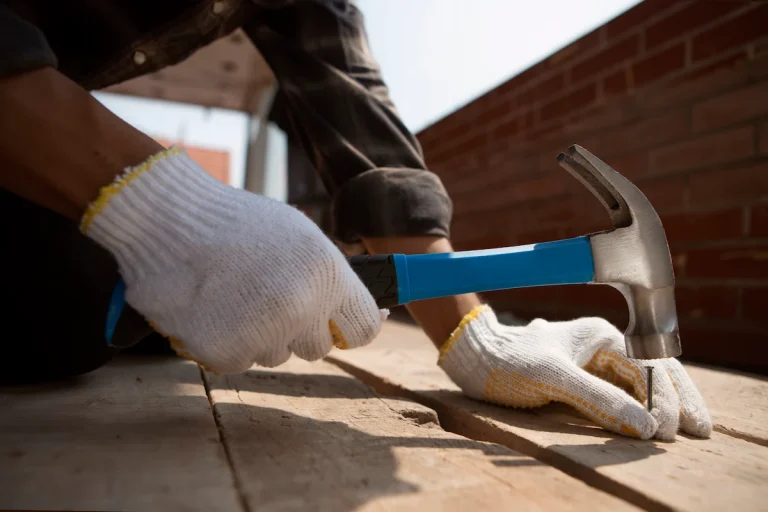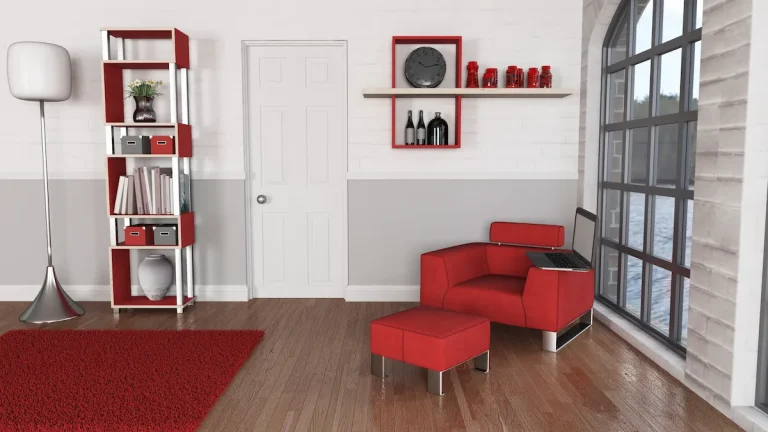Considering artificial grass for your home or commercial space, but not sure where to start? This article will guide you through everything you need to know about artificial grass, from how it’s made to the different types available.
Explore the benefits of artificial grass, such as low maintenance and water savings, and learn about the various width options to choose from. Find out how to select the right width for your space with helpful tips and considerations. Let’s dive in!
What Is Artificial Grass?
Artificial grass, also known as synthetic turf, is a man-made surface that replicates the look and feel of natural grass. It is commonly used in residential gardens, sports grounds, play areas, and schools.
One of the main benefits of artificial grass is its low maintenance requirements as compared to natural grass. Artificial turf does not require mowing, watering, or fertilising, making it a cost-effective and time-saving option. It remains green and lush all year round, providing a consistently beautiful appearance. The installation process involves preparing the surface, laying a base material, and fitting the artificial turf, which can be done by professionals or as a DIY project.
The Different Types of Artificial Grass
There are several types of artificial grass available, including Nylon Artificial Grass, Polyethylene Artificial Grass, and Polypropylene Artificial Grass, each designed for specific applications and aesthetic preferences.
See product: Summer Days Sherwood
a. Nylon Artificial Grass
Nylon artificial grass is known for its strength and resilience, making it ideal for high-traffic areas such as sports fields and playgrounds.
One of the key properties of Nylon artificial grass is its exceptional durability, ability to withstand heavy foot traffic and frequent use without deteriorating. It is also highly resilient, maintaining its shape and structure even under challenging conditions. Additionally, Nylon artificial grass requires minimal maintenance, as it is resistant to fading, staining, and wear, making it a cost-effective and long-lasting option for outdoor spaces.
Recommended applications for Nylon artificial grass include sports fields, playgrounds, and high-traffic commercial areas where durability and performance are essential. Its ability to bounce back quickly after use makes it perfect for intense activities, providing a safe and reliable surface for various recreational activities.
b. Polyethylene Artificial Grass
Polyethylene artificial grass offers a natural look and soft feel, making it a popular choice for residential gardens and landscaping projects.
One of the key advantages of Polyethylene artificial grass is its exceptional durability, with the ability to withstand heavy foot traffic and various weather conditions. This type of artificial grass is also known for its UV resistance, ensuring that it maintains its vibrant green colour even under prolonged exposure to sunlight. Moreover, Polyethylene artificial grass requires minimal maintenance compared to natural grass, saving time and money for homeowners. Its eco-friendly nature, being recyclable and reducing water consumption, makes it a sustainable choice for environmentally-conscious individuals.
c. Polypropylene Artificial Grass
Polypropylene artificial grass is an affordable option that is commonly used for temporary installations or DIY projects.
One of the key characteristics of Polypropylene artificial grass is its cost-effectiveness, making it an attractive choice for budget-conscious homeowners and businesses. This type of artificial grass is known for its versatility, as it can be used in various settings such as balconies, rooftops, and indoor spaces. Despite its affordability, Polypropylene artificial grass offers good durability and colour retention, ensuring that it maintains its appearance over time. In terms of maintenance, this type of artificial grass requires minimal care, making it a convenient option for those looking to enhance their outdoor or indoor spaces without the hassle of constant upkeep.
The Benefits of Artificial Grass
Artificial grass offers numerous benefits, including low maintenance requirements, water conservation, durability, and a consistently pleasing appearance.
One of the key advantages of artificial grass is its significant contribution to water conservation. In regions facing droughts or water restrictions, natural grass lawns can consume substantial amounts of water to stay green and lush. By opting for artificial turf, homeowners and businesses can reduce their water usage and help conserve this precious resource.
The environmental sustainability of artificial grass cannot be overlooked. It eliminates the need for harmful pesticides, fertilisers, and mowing equipment, reducing carbon emissions and promoting a greener environment.
a. Low Maintenance
One of the key benefits of artificial grass is its low-maintenance nature, requiring minimal upkeep compared to natural grass.
Artificial grass eliminates the need for regular watering, saving both time and resources. This means you can say goodbye to the hassle of dragging out the hose or worrying about drought restrictions.
Artificial grass doesn’t require mowing, fertilising, or dealing with harmful pesticides for pest control. This not only significantly reduces maintenance costs but also contributes to a safer and eco-friendly outdoor environment.
b. Saves Water
Artificial grass helps conserve water by eliminating the need for regular watering, making it an eco-friendly landscaping choice.
Additionally, artificial grass significantly reduces the reliance on pesticides, herbicides, and fertilisers, which can often run off into waterways and harm aquatic ecosystems. By opting for synthetic turf, individuals can play a part in water conservation efforts, as this alternative requires minimal maintenance without sacrificing the lush, green appearance of a natural lawn.
c. Durable
Artificial grass is highly durable and can withstand heavy foot traffic, extreme weather conditions, and UV exposure without losing its appearance or functionality.
One of the key factors contributing to the durability of artificial grass is its construction using high-quality materials designed to resist wear and tear over time. This means that even after prolonged use, the turf will maintain its lush green look without showing signs of fading or thinning. Its resilience against damage from pets, children, or outdoor activities makes it a solid choice for long-term landscaping solutions.
d. Aesthetically Pleasing
Artificial grass offers a consistently lush and green appearance throughout the year, enhancing the aesthetic appeal of any outdoor space.
Its vibrant colours and uniform texture can instantly elevate the overall look of a garden, patio, or rooftop. The beauty of artificial grass lies in its ability to mimic the lushness of natural grass without the same level of maintenance. With advancements in technology, artificial grass now comes in various shades and lengths, ensuring a bespoke look that complements any landscaping design.
Artificial Grass Widths Options
What widths do artificial grass come in? Artificial grass is available in various widths, including standard options such as 2m, 4m and 5m, as well as custom width choices to suit different installation requirements.
Standard artificial grass widths like 2m, 4m and 5m are commonly used for residential and commercial projects, offering versatility in application. For unique spaces or specific project needs, opting for custom widths can ensure a perfect fit.
When choosing the right artificial widths, factors like the size of the area, installation method and visual aesthetics play a crucial role. Ensuring the correct width is vital to minimise wastage and streamline the installation process, ultimately leading to a seamless and professional-looking artificial grass set-up.
a. 12 Feet
One of the artificial grass sizes is available in a 12-foot width option, catering to larger installation areas and customisation needs.
For landscaping projects requiring extensive coverage, the 12-foot width option offers a seamless look without visible seams or joints, providing a clean and professional finish. Its wide width reduces the number of seams required during installation, resulting in a more visually appealing and structurally sound lawn. This size is ideal for sports fields, playgrounds, and commercial spaces where a wide and durable surface is necessary. Customisation options such as different pile heights and colours are also available for a tailored aesthetic that suits various applications.
b. 15 Feet
Another popular artificial grass width option is 15 feet, providing versatility and coverage for various landscaping and design needs.
With a 15-foot width, artificial grass becomes an excellent choice for backyards where it can seamlessly cover larger areas or for commercial spaces like parks and playgrounds, offering a consistent look and feel
The 15-foot wide option is often preferred for its ease of installation, as it reduces the number of seams required, resulting in a more uniform and natural appearance. This width is also ideal for irregularly shaped outdoor spaces, where customisation and flexibility are key.
c. 25 Feet
For larger projects and commercial applications, a 25-foot width option for artificial grass is available, offering seamless coverage and design possibilities.
Having a wider width of 25 feet provides a more efficient installation process, reducing seams and ensuring a smoother finish. This artificial grass width is ideal for expansive landscapes, sports fields, and high-traffic areas, where durability and functionality are crucial. The broader coverage allows for a visually appealing and uniform appearance, enhancing the overall aesthetic of the outdoor space. The 25-foot width option offers cost savings by minimising waste and labour during installation, making it a practical choice for large-scale projects.
d. Custom Widths
Along with standard width options, artificial grass can be customised to specific widths to accommodate unique installation requirements and design preferences.
Custom width choices for artificial grass offer a myriad of benefits and flexibility. When opting for a customised width, the process typically involves working closely with manufacturers or suppliers to determine the perfect artificial grass dimensions. This level of customisation allows for seamless integration with existing features in the landscape, ensuring a cohesive and polished look.
Tailored width solutions are particularly advantageous for special projects such as rooftop gardens, balconies, or irregularly shaped areas where standard widths may not suffice. By offering personalised sizing options, artificial grass can be tailored to fit any space precisely, maximising both aesthetic appeal and functionality.
How to Choose the Right Width for Your Artificial Grass
Selecting the appropriate width for your artificial grass involves measuring the installation area, considering the shape of the space, identifying any obstacles, and consulting with a professional for expert guidance.
1. Measure the Area
Begin by measuring the dimensions of the area where you plan to install artificial grass, taking into account the length and width requirements for accurate coverage.
Measuring the installation area accurately is crucial for ensuring a seamless and professional-looking artificial grass installation.
Tools such as a measuring tape, level, and stakes can help you get precise measurements.
By accurately measuring, you can determine the amount of turf needed, minimising wastage and reducing costs.
Consider any irregularities or obstacles in the area that may affect the installation process, adjusting measurements accordingly for optimal coverage.
2. Consider the Shape of the Area
Evaluate the shape of the installation area, including curves, corners, and irregularities, to determine the best width options and layout patterns for seamless artificial grass integration.
When considering the width of artificial grass for your installation, the area’s shape plays a crucial role. For instance, in areas with sharp corners, narrower strips of artificial grass might provide a more tailored fit, enhancing the overall aesthetics. Conversely, in spaces with gentle curves or irregular forms, opting for wider sections can create a smoother flow and minimise visible seams.
Additionally, design considerations such as focal points, pathways, and functional zones should guide the width selection process. By aligning the grass width with these elements, you can create a cohesive and visually pleasing landscape. Layout planning is equally important; strategic placement of different grass widths can add depth and interest to the area, making it more engaging and dynamic.
3. Check for Any Obstacles
Identify any obstacles or elements, such as trees, structures, or junctions, within the installation area that may influence the width requirements and seamless integration of artificial grass.
Incorporating a thorough assessment of the terrain is essential to determine the proper placement of artificial grass. Strategic planning is crucial to overcome challenges like uneven surfaces or drainage issues, ensuring a smooth and long-lasting installation.
- Addressing obstacles preemptively allows for seamless integration and avoids future complications.
- Focusing on proper junctions and seams between different sections of grass enhances both the visual appeal and durability of the overall installation.
By carefully considering these factors, you can create a flawless artificial grass surface that complements its surroundings.
Consult with a Professional
When in doubt or dealing with complex installations, it is advisable to consult with a professional artificial grass installer who can provide expert advice and guidance on selecting the right width for your project.
Professional assistance not only ensures that the installation process is smooth and hassle-free, but it also opens up a world of possibilities in terms of customisation options. These experts have the knowledge and experience to recommend the most suitable artificial grass type for your specific needs, whether it’s for a residential lawn, commercial space, or sports field.
By seeking help from professionals, you can avoid common pitfalls and mistakes that could jeopardise the quality and longevity of your artificial grass. They can assess the site, address any potential challenges, and tailor the installation plan to optimise the final results, ensuring a beautiful and durable synthetic turf that enhances the aesthetic appeal of your outdoor space.
Don’t worry, there are many types of artificial grass with various sizes and thicknesses at TEKA Flooring that you can choose from according to your preferences or needs. Learn more on our blog and don’t hesitate to contact our expert team.
Read also:


























